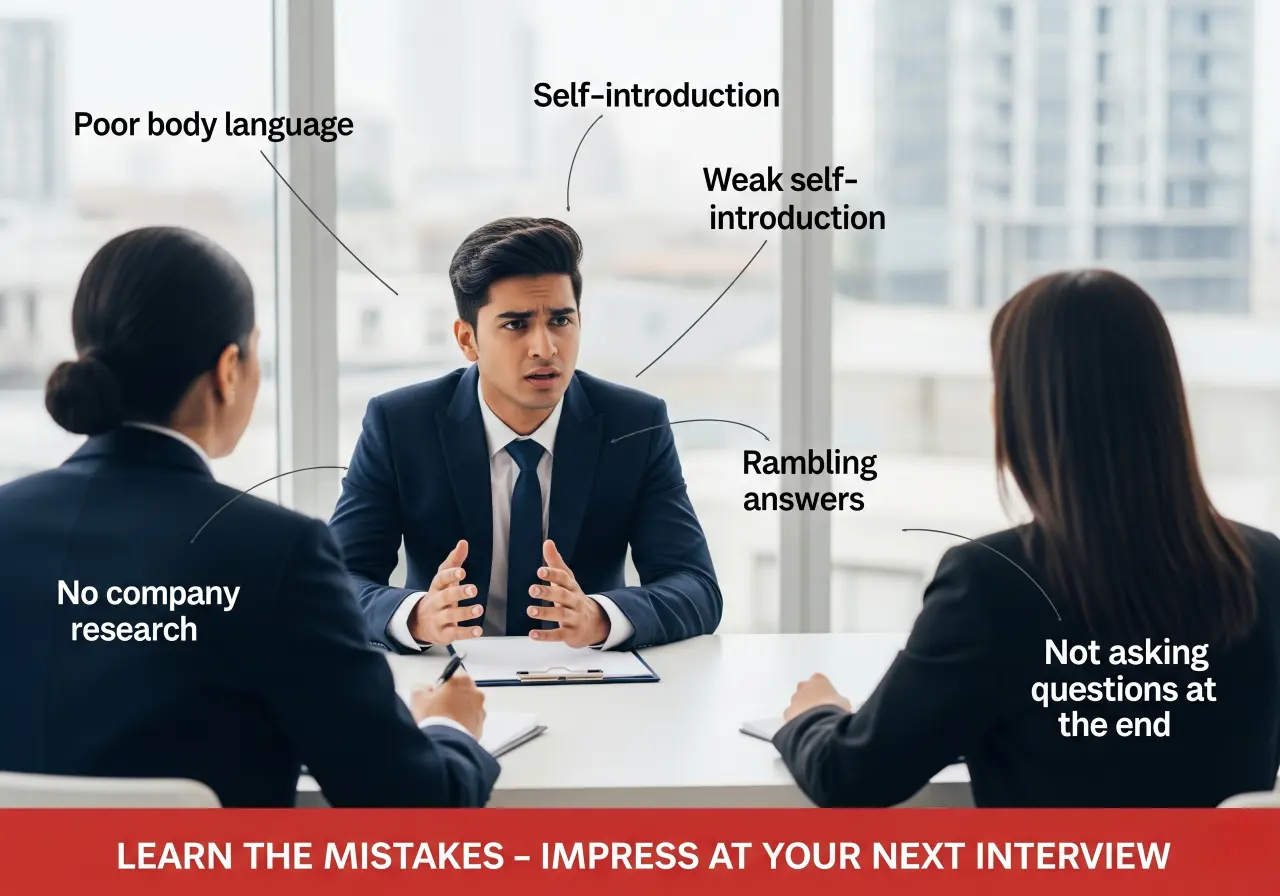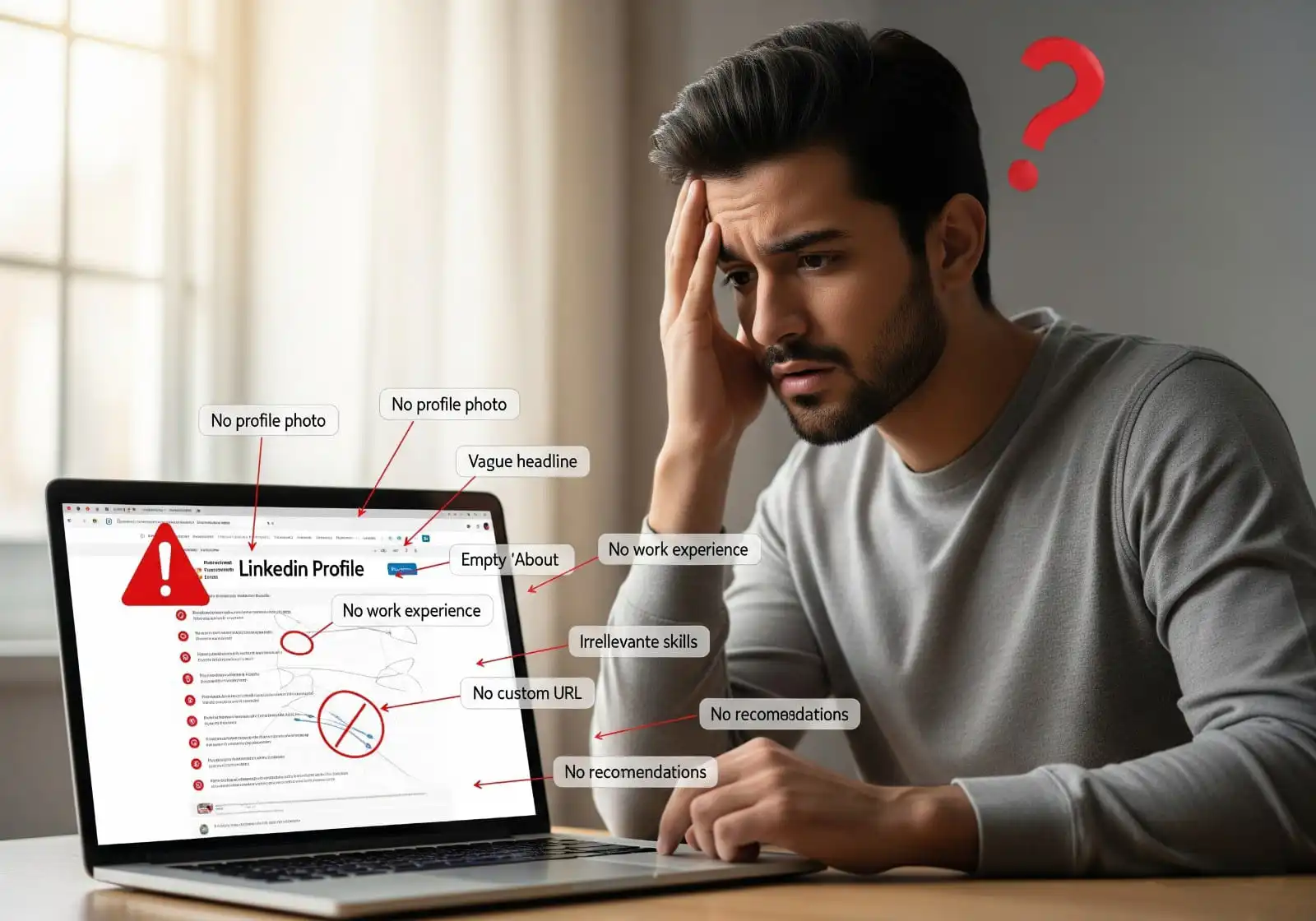
Gap Year After Graduation: Pros, Cons, and How to Make It Productive
Graduating from college is a major milestone — but not everyone is ready to jump straight into a job or further studies. For many, taking a gap year can be a time of growth, reflection, and clarity. But it’s important to approach it with purpose.
In this guide, we'll explore the advantages and drawbacks of taking a gap year after graduation, and how to use that time wisely to build momentum, not lose it.
What Is a Gap Year After Graduation?
A gap year is a break you take after completing your degree — before starting full-time work or higher studies. While traditionally associated with travel, today’s gap years can be a mix of internships, volunteering, freelancing, learning, and personal projects.
Pros of Taking a Gap Year
✅ Personal Growth: Time to reflect, mature, and reset after years of academic pressure.
✅ Career Clarity: Explore different paths before committing to a specific career or PG course.
✅ Skill Development: Learn coding, design, marketing, writing — skills you didn’t explore in college.
✅ Real-World Exposure: Freelance, intern, or volunteer to gain hands-on experience and build confidence.
Cons of Taking a Gap Year
❌ Lack of Structure: Without a plan, a gap year can feel like drifting with no progress.
❌ Financial Pressure: Not earning for a year can be stressful without budgeting or support.
❌ Resume Gaps: Some recruiters may question the break if not explained clearly.
❌ Peer Comparison: Seeing classmates move ahead can trigger self-doubt if you're not grounded.
How to Make Your Gap Year Productive
A productive gap year is intentional. You need a plan, milestones, and a goal. Here’s how to make it count:
📌 Set Goals: Decide whether you want to learn, explore, build, rest, or all of the above.
📌 Learn In-Demand Skills: Take certifications in fields like web development, UI/UX, digital marketing, data analysis, etc.
📌 Work Freelance or Intern Remotely: Gain experience while keeping your schedule flexible.
📌 Volunteer with Purpose: Teach, join NGOs, or support startups — anything that builds empathy and impact.
📌 Build a Personal Project: Launch a blog, YouTube channel, portfolio, or app to showcase your growth.
📌 Document Your Journey: Maintain a Notion doc, blog, or LinkedIn updates — it helps with reflection and resume proof.
Gap Year Doesn’t Mean 'Gap in Learning'
The biggest myth about gap years is that it’s a pause. When used well, it’s actually an acceleration — a time to gain clarity and direction without pressure. You get to grow outside the syllabus and reconnect with what you truly enjoy.
✅ Gap Year Planning Checklist
- Do I have clear goals for this gap year?
- Have I picked 1–2 skills to master?
- Is there a daily or weekly structure I can follow?
- Have I enrolled in a course or joined a community?
- Am I documenting my growth or learnings?
- Do I have a financial backup or earning plan?
- Will I be able to explain this gap in my resume with proof of progress?
A gap year is not about stepping away from your goals — it’s about stepping back to aim better. With clarity, consistency, and curiosity, you can make this one year the launchpad for the rest of your career.
Career Campus Pro
Published on
Need help with your resume?
Get a free resume review via WhatsApp!

-Photoroom.webp)


.webp)